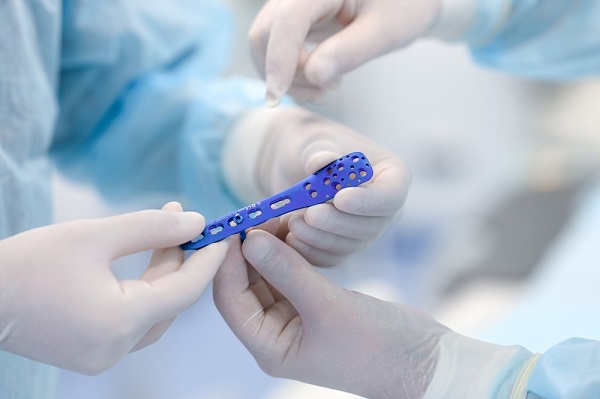
Top 10 Orthopaedic Sets Every Surgeon Should Know
In the world of orthopaedic surgery, precision and preparation are everything. Having the right set of surgical tools for specific procedures is essential to achieving optimal patient outcomes. Whether it’s a general fracture or a complex joint replacement, every orthopaedic surgeon must be well-versed with the key instrument sets used across various specializations. In this article, we’ll walk you through the top 10 orthopaedic sets that every surgeon should know about — their components, usage, and surgical relevance.
1. Basic Orthopaedic Instrument Set
The basic orthopaedic instrument set forms the foundation of most bone-related surgeries. This versatile set typically includes bone levers, periosteal elevators, reduction forceps, bone cutting forceps, retractors, mallets, and clamps. These instruments are used in general bone surgeries, trauma cases, and emergency fracture management. It’s often the first set opened in the operating room and serves as the go-to for most orthopaedic procedures. For any orthopaedic surgeon, familiarity with this set is fundamental.
2. Large Fragment Set
The large fragment set is primarily used for internal fixation of major load-bearing bones such as the femur, tibia, and humerus. It consists of 4.5mm cortical screws, 6.5mm cancellous screws, dynamic compression plates (DCP), drill guides, screwdrivers, and plate benders. This set plays a crucial role in trauma surgery, especially for complex or multi-fragmentary fractures. Its robust fixation ensures stability in high-stress anatomical areas, allowing for faster recovery and better patient outcomes.
3. Small Fragment Set
The small fragment set is ideal for surgical repair of fractures in smaller bones like the radius, ulna, fibula, and clavicle. It generally includes 3.5mm screws, narrow plates, taps, drill bits, screwdrivers, and depth gauges. While similar in structure to the large fragment set, it is scaled for more delicate procedures. Orthopaedic surgeons often rely on this set during upper limb surgeries and minor trauma cases where precision and minimal invasiveness are key.
4. Mini Fragment Set
When it comes to surgeries involving the hands, feet, or facial bones, the mini fragment set is essential. It includes micro screws (1.5mm to 2.7mm), small plates (such as T-plates and L-plates), mini drivers, and precision instruments designed for confined anatomical spaces. Surgeons performing reconstructive surgeries, hand surgeries, or even certain paediatric procedures depend on this set for its accuracy and fine control. Its design supports minimally invasive techniques, making it a staple in specialized orthopaedic operations.
5. Total Hip Replacement (THR) Set
The total hip replacement set is used in arthroplasty procedures aimed at treating severe hip joint issues, such as osteoarthritis, avascular necrosis, or complex fractures. This comprehensive set contains acetabular reamers, femoral broaches, trial implants, impactors, and insertion tools. These components are crucial for achieving perfect fit and alignment of prosthetic parts. The THR set allows surgeons to restore hip mobility and significantly improve the quality of life for patients suffering from degenerative hip conditions.
6. Total Knee Replacement (TKR) Set
The TKR set is specially designed for knee joint replacement procedures. It includes femoral and tibial cutting jigs, implant trials, bone saw guides, alignment rods, and sizing tools. Surgeons use this set to replace damaged knee joints caused by osteoarthritis, rheumatoid arthritis, or post-traumatic conditions. Accurate bone cutting and implant placement are critical in these surgeries, and this set provides all the necessary instruments to ensure precision and long-term prosthesis success.
7. Spinal Instrumentation Set
Spinal procedures demand extreme care and precise instrumentation. The spinal instrumentation set includes pedicle screws, rods, connectors, laminar spreaders, curettes, nerve root retractors, and various fusion tools. It is essential for surgeries addressing spinal instability, disc herniation, deformities like scoliosis, or spinal fractures. These tools enable secure fixation and decompression of the spinal cord and nerves, making it a vital set for neurosurgeons and orthopaedic spine specialists alike.
8. Arthroscopy Set
For minimally invasive joint surgeries, especially involving the knee and shoulder, the arthroscopy set is indispensable. It typically includes an arthroscope (30° or 70°), shavers, graspers, scissors, probes, and fluid management systems. This set allows surgeons to diagnose and treat joint problems such as ACL tears, meniscal injuries, and rotator cuff repairs with minimal incisions. The precision and reduced trauma offered by arthroscopy not only shorten recovery time but also reduce the risk of complications.
9. External Fixator Set
The external fixator set is commonly used in trauma care to stabilize bone fractures externally. It includes rods, clamps, Schanz screws, pin-to-rod connectors, and a frame system that sits outside the skin. This technique is particularly valuable for managing open fractures, infected non-unions, or severe limb injuries where internal fixation isn’t feasible. The adjustability and reduced surgical exposure make it an important option in both emergency and staged reconstruction procedures.
10. Intramedullary Nailing Set
The intramedullary nailing set is used for internal fixation of long bone fractures, particularly in the femur, tibia, and humerus. This set contains intramedullary nails, locking bolts, reaming systems, insertion handles, and targeting devices. It allows for a minimally invasive approach with high biomechanical strength, making it a preferred method for diaphyseal fractures. Its use promotes faster weight-bearing and reduced healing time, especially in younger or active patients.
Final Thoughts
Whether you're a trauma specialist, joint replacement expert, or spinal surgeon, having the right orthopaedic instrument set can make all the difference. Mastering these top 10 sets ensures you're equipped to handle a wide range of surgical challenges with confidence and precision. Staying updated with the latest instrumentation trends also helps you deliver the best possible care to your patients.
Looking to source reliable and premium-quality orthopaedic instruments? Be sure to choose a manufacturer or supplier that adheres to international standards, ensures sterilization compatibility, and provides surgical-grade durability.
Leave a Comment
© Copyright © 2024 gwsmed.com | GWS Surgicals LLP. All rights reserved.
| |




Comment (0)
No Comments Yet. Be the first one.